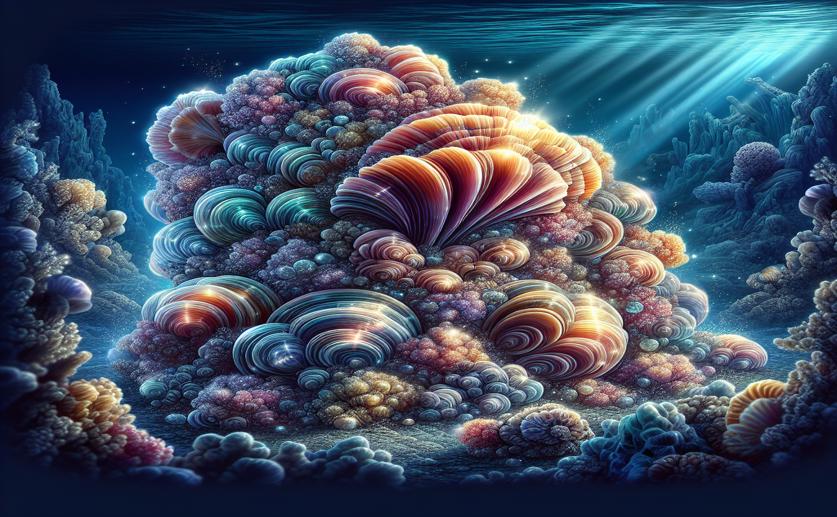
Discovering a New Mineral in Pearl and Coral Formation
Greg Howard
2nd March, 2024

Image Source: Natural Science News, 2024
Key Findings
- Scientists found new, hydrated forms of calcium carbonate in coral skeletons and nacre
- These forms, previously only made in labs, suggest a more complex biomineralization process
- This discovery could impact our understanding of climate history and marine organism resilience
References
Main Study
1) Myriad Mapping of nanoscale minerals reveals calcium carbonate hemihydrate in forming nacre and coral biominerals.
Published 28th February, 2024
https://doi.org/10.1038/s41467-024-46117-x
Related Studies
2) Growth dynamics and amorphous-to-crystalline phase transformation in natural nacre.
3) A Molecular-Scale Understanding of Misorientation Toughening in Corals and Seashells.
4) Elemental compositions of sea urchin larval cell vesicles evaluated by cryo-STEM-EDS and cryo-SEM-EDS.
5) Biomineralization: Integrating mechanism and evolutionary history.



 26th February, 2024 | Jenn Hoskins
26th February, 2024 | Jenn Hoskins